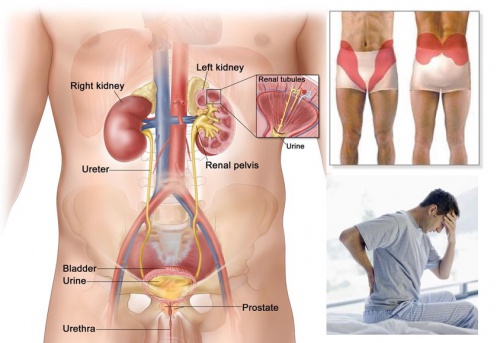
In Apex Hospital, Sirsa, we provide advanced laparoscopic surgeries to treat diseases like gallstones, appendicitis, ovarian cyst, adhesiolysis, diagnostic laparoscopy, myomectomy, LAVH, ectopic pregnancy, and many other laparoscopic abdominal surgeries.
With branches with Hanumangarh, Nohar, and Sirsa, we are one of the fastest growing urology hospitals in North India.
Urology is a subspecialty of surgery that deals with disorders of the genital and urinary systems in men and women. This includes everything from the kidney, bladder, prostate gland, etc. Urology was the first sub-specialty to break away from general surgery, at the turn of the century and has a long history.
Urologists at Apex Hospital, Sirsa look after a wide range of problems including (but not limited to): stones of the kidneys, urethra, bladder, urinary incontinence, cancers of the kidneys, bladder, testicular disorders, prostate disorders including prostatitis and BPH (benign enlargement of the prostate), problems with sexual function and infertility in men, growth within the adrenal gland (a small gland on top of the kidneys), kidney transplants, urological problems in children (which includes a wide variety of abnormalities often present from birth), etc.
Urologists at Apex Hospital, Sirsa have the expertise to diagnose and treat diseases of the male and female urinary tracts, as well as of the male reproductive organs.
Various diseases pertaining to kidney, ureters, urinary bladder, urethra, and prostate are dealt with laparoscopically. Here are the surgical treatments that are widely rendered at our urology centre in Sirsa.
Call at 96903 66666 or send an email at apexsales15@gmail.com to book your appointment with the best urologists in Sirsa, Hanumangarh, Nohar, and Mansa.
Need help with pregnancy? Get in touch with the best IVF centre in Sirsa, Haryana.
PCNL is performed under general anesthesia with the patient lying face down on their abdomen. Once anesthesia is administered, your surgeon will perform cystoscopy (telescopic examination of your bladder) and instill x-ray dye or carbon dioxide is installed into your kidney through a small catheter placed up through the ureter or drainage tube of the affected kidney to “map” the branches of the collecting system. This allows your surgeon to precisely locate the stone within the kidney and place a small needle through the skin under x-ray guidance to directly access the stone.
This needle tract is dilated to approximately 1 cm to allow the placement of a plastic sheath and telescope to directly visualize the stone. Using an ultrasonic, mechanical, or laser lithotripsy device, the stone is fragmented into small pieces and extracted out of the body through the sheath. On occasions, more than one tract may be required to access and attempts the removal of all stones. Urologists at Sirsa are trained to do the same.
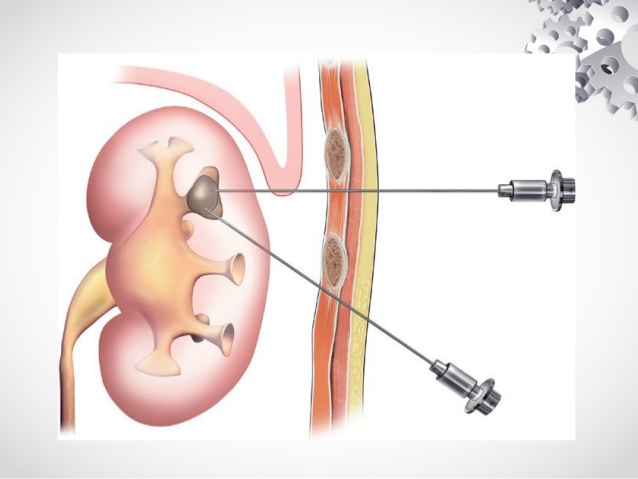
What is the overall success rate with PCNL?
The success of PCNL is dependent on many factors such as stone composition, stone size, number of stones, location within the urinary tract, patient body habitus (obesity), and anatomy of the collecting system of the kidney. Our surgeons carefully consider all of the aforementioned variables and will discuss this with you in order to maximize success and determine if PCNL is right for you. The overall stone-free success rate is approximately 80-90% following an initial PCNL and 90-100% following a “second look” procedure.
Our team of experienced urologists makes sure that the patients get the best urology support and stone surgery in Sirsa, Nohar, Hanumangarh, and Mansa.
This is the endoscopic treatment of ureter stones using a mini-scope. Under general anaesthesia, the ureteroscope is passed via the urethra into the bladder and up the ureter. A laser fibre or lithoclast probe is used to break the stone into smaller pieces. These tiny stone pieces will pass out on their own. Sometimes a wire basket is used to fish out the stone pieces. This surgery takes 30 mins on average and can be done as a day case.
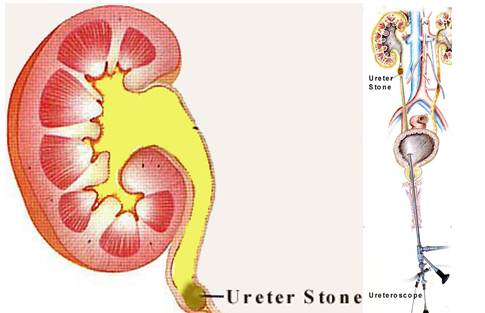
This is the endoscopic treatment of ureter stones using a mini-scope. Under general anaesthesia, the ureteroscope is passed via the urethra into the bladder and up the ureter. A laser fibre or lithoclast probe is used to break the stone into smaller pieces. These tiny stone pieces will pass out on their own. Sometimes a wire basket is used to fish out the stone pieces. This surgery takes 30 mins on average and can be done as a day case.
Occasionally, a double-J (DJ) stent may need to be inserted if there is any injury to the ureter wall or if there is already gross hydronephrosis (swelling) of the kidney due to the impacted stone. The success rate for stones lodged in the lower ureter is near 100%. For stones lodged at the mid to upper ureter, there is a chance they may float up into the kidney beyond the reach of the scope. If this happens, then a DJ stent is inserted and the stone is managed by ESWL.
Urologists at Apex Hospital Sirsa, Haryana have 5-star ratings on Google. Consult our team of urologists for expert advice.
Are you based in Hanumangarh? Connect with the best laparoscopic surgeon in Hanumangarh
The prostate gland is found only in males. It sits below the bladder and wraps around the urethra. The urethra is the tube that carries urine out of the body. The prostate helps produce semen.
A transurethral resection of the prostate (TURP) is surgery to remove parts of the prostate gland through the penis. No incisions are needed.
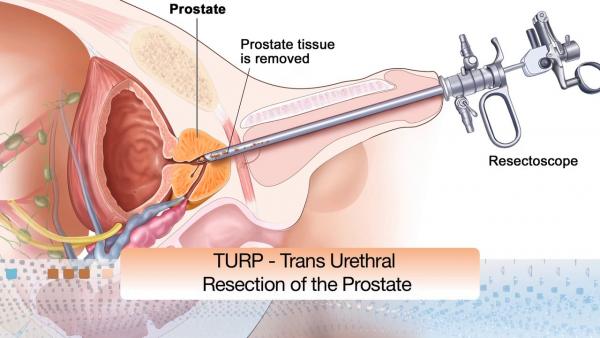
The surgeon reaches the prostate by putting an instrument into the end of the penis and through the urethra. This instrument, called a resectoscope, is about 12 inches long and .5 inch in diameter. It contains a lighted camera and valves that control irrigating fluid. It also contains an electrical wire loop that cuts tissue and seals blood vessels. The wire loop is guided by the surgeon to remove the tissue blocking the urethra one piece at a time. The pieces of tissue are carried by the irrigating fluid into the bladder and then flushed out at the end of the procedure.
Definition
Direct vision internal urethrotomy (DVIU) is surgery to repair a narrowed section of the urethra. This is referred to as a stricture. The urethra is the tube through which urine passes from the bladder to the outside of the body.
Reasons for Procedure
Urethral stricture is due to scarring of the urethra. This scarring may be caused by infection or injury. DVIU cuts through the scar tissue and opens the urethra.
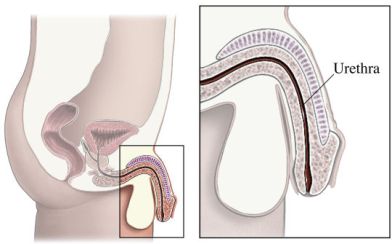
Pyeloplasty is the surgical reconstruction or revision of the renal pelvis to drain and decompress the kidney. Most commonly it is performed to treat a ureteropelvic junction obstruction if residual renal function is adequate.
This revision of the renal pelvis treats the obstruction by excising the stenotic area of the renal pelvis or ureteropelvic junction and creating a more capacious conduit using the tissue of the remaining ureter and renal pelvis.

There are different types of pyeloplasty depending on the surgical technique and patterns of incision used. These include the Y-V, Inverted 'U,' and Dismembered types of pyeloplasty. The dismembered type of pyeloplasty (called an Anderson-Hynes pyeloplasty) is the most common type of pyeloplasty. This was described in relation to the retrocaval ureter (now renamed as preureteric vena cava). Another technique of pyeloplasty is Culp's pyeloplasty, in this method, a flap is rotated from the dilated pelvis to decrease the narrowing of the ureter.
Our team of best urologists in Sirsa, Hanumangarh, Mansa, and Nohar perform painless surgeries while keeping in mind the health of patients.
Connect with the best IVF center in Sirsa if you need help with prenancy-related complications.
Bladder stones
Cystolitholapaxy is a procedure to break up bladder stones into smaller pieces and remove them. Bladder stones are minerals that have built up in the bladder. Ultrasonic waves or lasers may be delivered through a tool called a cystoscope to break up the stones.

Top urologists in Sirsa, Haryana recommend the below foods to patients struggling with stone issues:











The best urologists in Sirsa, Nohar, Mansa, Hanumangarh, and every other part of India recommend avoiding the below foods to recover from stones and urology issues:





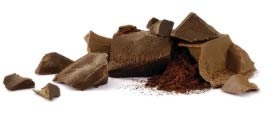








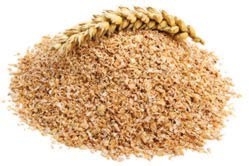

© 2024 ApexHospital, All Rights Reserved
Designed & Developed By : SIRCL Tech Pvt. Ltd.